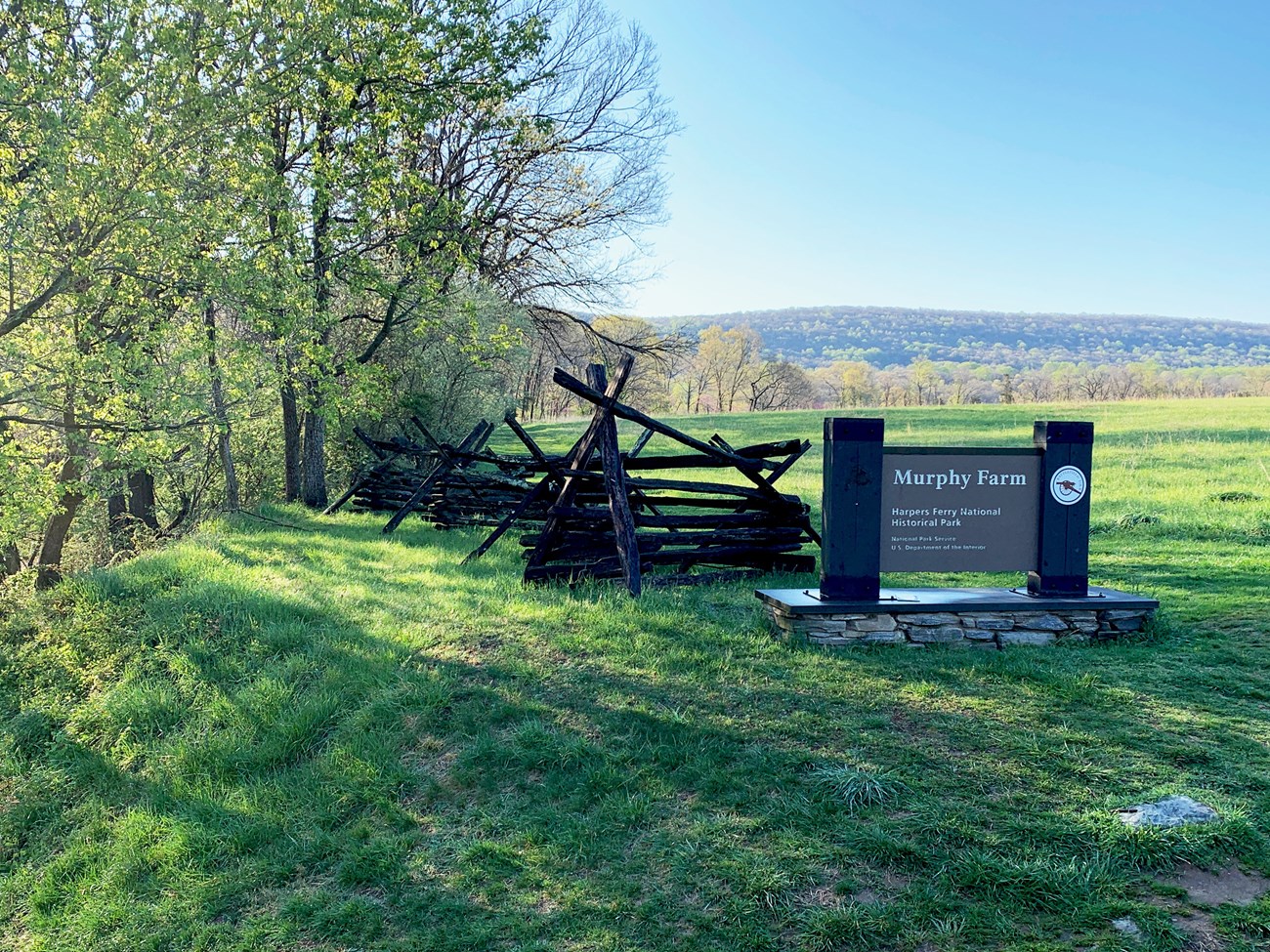
NPS photo/K. Maxfield Harpers Ferry National Historical Park has begun removing worm fencing in parts of its Civil War-affiliated units. The park has removed worm fencing from the Murphy-Chambers Farm section of the park, and as of September 2022, has started removing worm fencing along Bakerton Road in the Schoolhouse Ridge North and Lower Bolivar Heights sections of the park. What is worm fencing?Worm fencing, also known as Virginia, log, zigzag, snake, or battlefield fencing, is composed of timber logs split lengthwise into rails. The rails are stacked on top of one another, often in an interlocking zig-zag pattern. It was the most common type of fencing in the United States by the late 1800s and was primarily used for animal enclosures and agriculture. This style of fencing was not as prevalent along property boundaries or roads. Why is the park removing the worm fencing?There is no historical documentation or evidence that this type of fencing existed on Murphy-Chambers Farm or along Bakerton Road (Schoolhouse Ridge North and Lower Bolivar Heights). But I thought that all Civil War battlefields had this type of fencing. Is that not true?Although a common feature on preserved Civil War battlefields, worm fencing did not historically exist on Murphy-Chambers Farm or along Bakerton Road (Schoolhouse Ridge North and Lower Bolivar Heights). There is no evidence for worm fencing in either historical photos or the war claims from the landowners. What type of fencing did exist?Murphy-Chambers FarmWe have evidence of picket and plank fencing on the Murphy-Chambers Farm property in the area close to the house and activity areas (orchard, garden, animal enclosures). There is no evidence to suggest that any fencing existed along Murphy Road. There is evidence of wire fencing in various locations throughout the property, and the park is activity trying to preserve those pieces in place. Bakerton Road (Schoolhouse Ridge North/Lower Bolivar Heights)An 1864 drawing by James E. Taylor shows a post-and-rail fence with four rails bordering the Charles Town Turnpike along the edge of the Schoolhouse Ridge North property. This type of fencing was often used along property boundaries with public roads and lands. Worm fencing was typically used for the internal division of fields. Why did the park put up the fencing in the first place?The guidelines and best practices for historic preservation have evolved and changed over time. When the park constructed the worm fencing as part of a battlefield restoration, it was a more acceptable practice to have this type of feature on Civil War battlefields, regardless of the historical record. We now understand that the historic evidence does not support their continued presence on the battlefield landscape. Why are you doing this now?The park made the decision to remove the worm fencing at Murphy-Chambers Farm and along Bakerton Road based on historical accuracy and sustainability. The worm fencing is not historically accurate and has reached the end of its life cycle. Rather than using funds to replace a non-historical feature, the park is removing the fencing. |
Last updated: September 30, 2022
